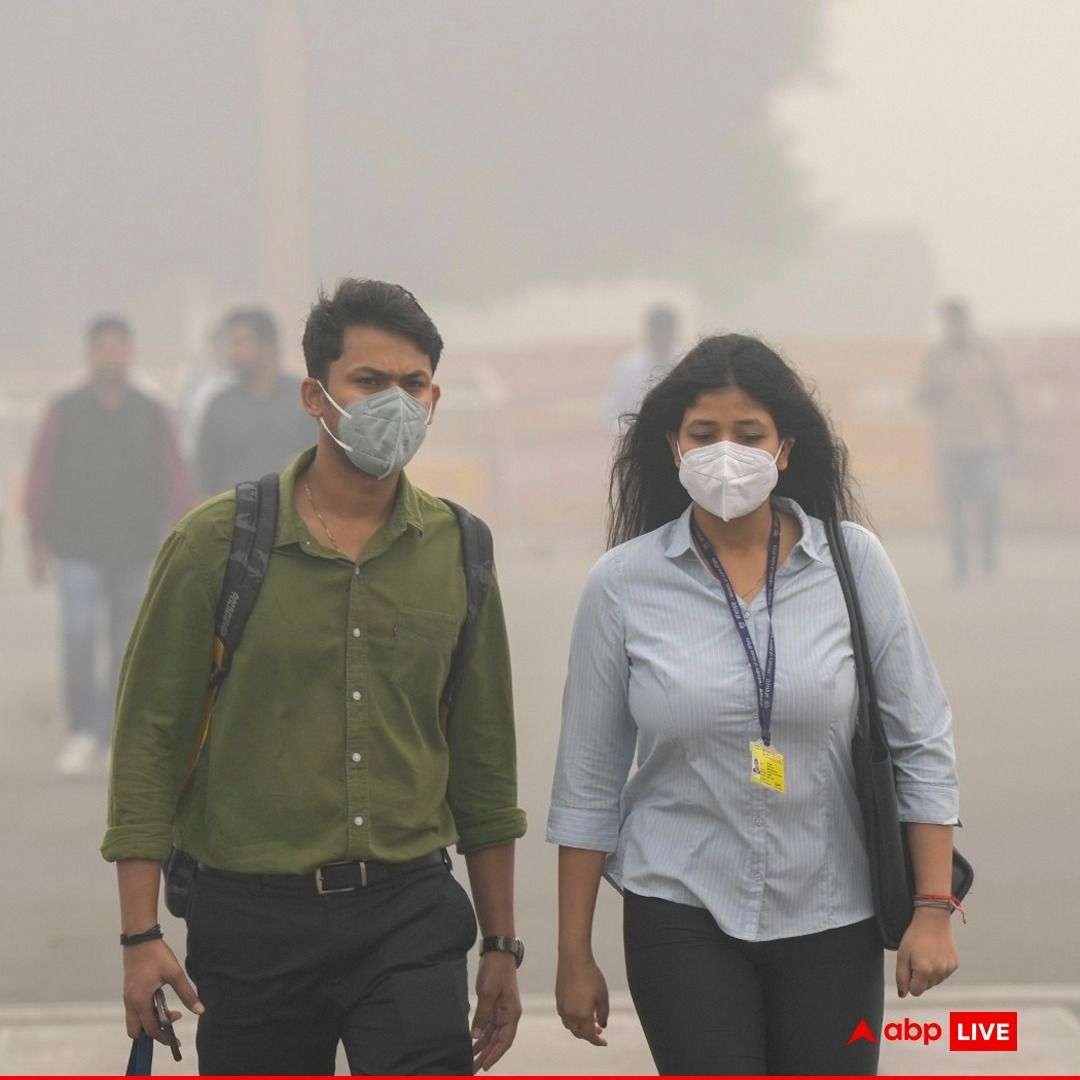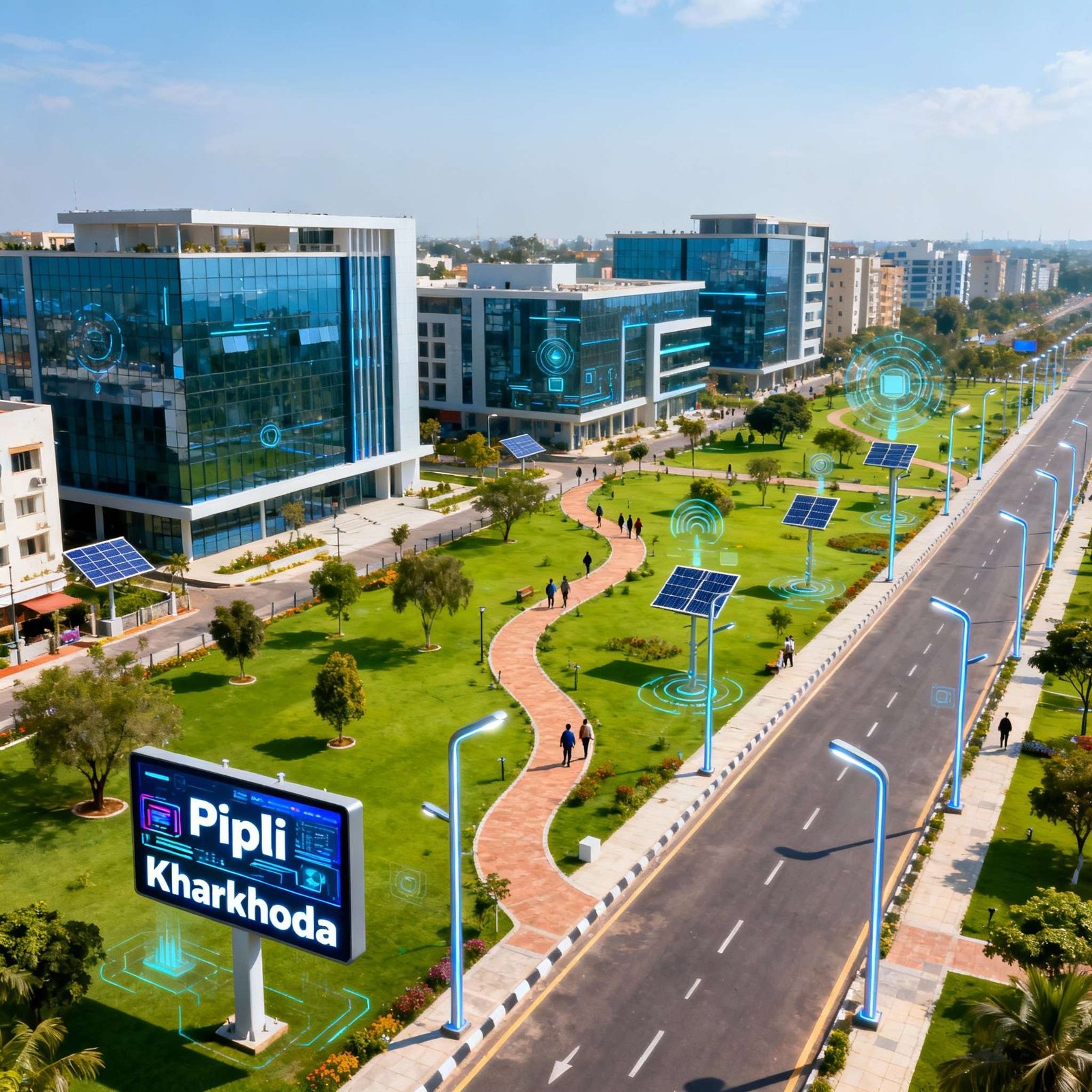Hello, fellow Delhi-NCR dweller! You don’t need a scientist to tell you what’s going on outside. Just step onto your balcony, and that heavy, dusty film hitting your lungs says it all. We’re not just dealing with bad air; we’re dealing with a toxic soup—a thick, harmful mixture that’s affecting every single one of us, from our morning walk to how well we sleep at night.
The Air Quality Index (AQI) is soaring, often jumping into the ‘Very Poor’ (301-400) or ‘Severe’ (401+) categories, especially in pockets like Anand Vihar, where it has even crossed the 500 mark. When the air is this bad, it’s not just a weather report; it’s a public health emergency.
So, what exactly are we inhaling, and, more importantly, what can we do right now to protect ourselves and our families? Let’s break it down in easy terms.
🔬 What Makes the Air a “Toxic Soup”?
The pollution is not just ‘dust.’ It’s a blend of super-tiny, dangerous particles that sneak past your body’s natural defenses. The biggest villains in this story are called Particulate Matter (PM).
The Supervillains: PM2.5 and PM10
These numbers aren’t random codes; they refer to the size of the particles in the air.
- 1. The Big Brother: PM10
- What it is: Particles up to 10 micrometers wide. Think of them as pollen, mold spores, or road dust. They’re about one-seventh the width of a human hair.
- Where it lands: These usually get stuck in your nose and throat. They can cause irritation, coughing, and trigger asthma attacks. In the current ‘Severe’ conditions, PM10 levels are dangerously high in many areas.
- 2. The Invisible Killer: PM2.5
- What it is: This is the really scary one. Particles up to 2.5 micrometers wide. They are over 30 times smaller than a human hair! They mostly come from burning things (vehicle exhaust, factory smoke, power plants, and stubble burning).
- Where it lands: Because they are so small, PM2.5 particles can slip past your throat and windpipe, travel deep into your lungs, and even enter your bloodstream. This is why the air pollution affects everything from your heart to your brain. It’s like smoking multiple cigarettes a day, without even being a smoker!
Today’s Reality Check: Many parts of Delhi-NCR are currently in the Red and Maroon zones. This is not a time for “business as usual.”
🏠 How to Stay Safe: Turning Your Home into a Clean Air Zone
Since we can’t fix the whole region’s air overnight, the best thing you can do is control the air you breathe most: the air inside your home.
: Outdoor Défense: If You Must Step Out
- 1. Mask Up, Seriously!
- Forget the cloth or surgical masks. They do almost nothing against PM2.5.
- Invest in a certified N95 or N99 mask. Make sure it fits tightly over your nose and mouth.
- 2. Ditch the Morning Walk/Jog
- Pollution levels are usually highest in the early morning and late evening when wind speeds are low and pollutants settle.
- Move your exercise indoors (gym, yoga at home) or reschedule activities for the late afternoon when the air is relatively cleaner.
- 3. Protect Your Eyes
- Smog can cause burning, itching, and dry eyes. Wear simple protective glasses or sunglasses when outside to create a barrier against the tiny particles.
Indoor Lockdown: Air-Proofing Your Sanctuary
- 1. Close Your Windows Tightly
- This sounds simple, but it’s the most important first step. Use thick curtains or blinds to create an extra layer of barrier against dust and drafts.
- 2. Get a Good Air Purifier
- If you can, invest in an air purifier with a HEPA filter for the room you spend the most time in (usually the bedroom).
- Run it 24/7, and remember to clean/replace the filter on time! A dirty filter is useless.
- 3. Stop Indoor Pollution
- Avoid: Lighting incense sticks (agarbatti), candles, or using fireplaces, as these add PM to your indoor air.
- Use your chimney/exhaust fan when cooking to vent cooking fumes, which are a source of indoor pollution.
- 4. Damp Dusting is Key
- Don’t use a dry cloth or broom! This just lifts the particles back into the air.
- Clean surfaces with a damp cloth to trap the dust and pollutants. Use a HEPA-filter vacuum cleaner if possible.
Lung Power: Diet and Immunity Boosters
Your body is working overtime to fight the pollution. Help it out by giving it the right fuel.
- 1. Power Up on Vitamin C & E: These are powerful antioxidants that help fight the inflammation and damage caused by the tiny particles in your lungs.
- Simple Swaps: Amla (Indian gooseberry), citrus fruits (oranges, lemons), bell peppers, almonds, and sunflower seeds.
- 2. Hydrate, Hydrate, Hydrate
- Drink plenty of water—it helps your body flush out toxins.
- Try herbal teas (ginger, tulsi) and warm water to soothe your irritated throat and nasal passages.
- 3. The Turmeric Magic
- Turmeric milk (haldi doodh) has anti-inflammatory properties that can help calm down irritated airways. Make it a nightly habit.
- 4. Steam Inhale Regularly
- Simple steam inhalation with plain water can help loosen mucus and clear the pollutants trapped in your nasal passages and throat.
📢The Final Takeaway: We’re All in This Together
This pollution crisis is frustrating, scary, and seemingly endless. But remember: we are not powerless. While large-scale change needs government action (banning construction, controlling stubble, stricter vehicle checks), your personal choices make a difference to your own health and the air right around you.
Be aware. Be prepared. Stay safe indoors. Let’s hope for the wind and the policies to clear this toxic soup soon, so we can all breathe easy again.
If you’re looking for more details on air pollution’s effect on your body, check out this video: Doctor-Recommended Safety Tips for Air Pollution. This short clip offers a quick overview of how to protect yourself from air pollution, including the use of N95 masks and air purifiers.
Protect Yourself from Air Pollution | Doctor-Recommended Safety Tips – YouTube








Leave feedback about this